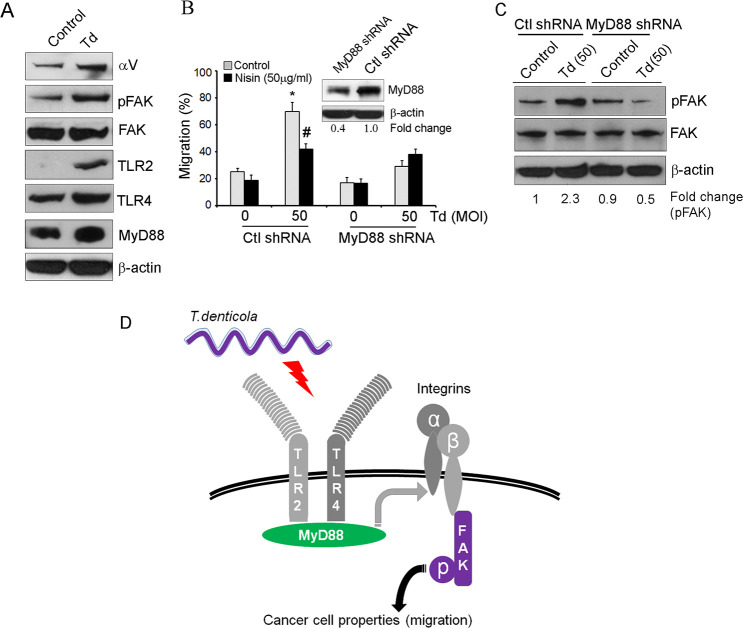Fig 7. Crosstalk between TLR/MyD88 and integrin/FAK signaling contributes to the OSCC carcinogenesis phenotype.
(A) Representative immunoblots of three independent experiments showing integrin alpha V, pFAK, FAK, TLR2, TLR4 and MyD88 protein levels in HSC-3 cells challenged with control medium or media containing T. denticola (50 MOI) for 2 h then cultured for 24 h. β-actin was used as a loading control. (B) Cells were challenged with control medium or media containing T. denticola (50 MOI) for 2 h then treated with nisin for 24 h and evaluated for changes in cell migration. Graphs show the total migratory distance of cells from the edges of the wounds. Measurements were made after 24 h. (Inset) Representative immunoblot of MyD88 protein levels in cells transduced with control shRNA or MyD88 shRNA. *Comparison between groups relative to their media controls *p≤0.05; #Comparison between groups relative to their matching concentrations of pathogens alone #p≤0.05. (C) Representative immunoblots of three independent experiments showing pFAK and FAK protein levels in cells challenged with control medium or media containing T. denticola (50 MOI) for 2 h then cultured for 24 h. (D) Model showing the crosstalk between TLR/MyD88 and integrin/FAK signaling pathways in pathogen-driven OSCC carcinogenesis. Periodontal pathogens (T. denticola) promote migration of OSCC cells via crosstalk between TLR/MyD88 and integrin/FAK signaling pathways, and thereby contribute to a more aggressive oral cancer phenotype.

